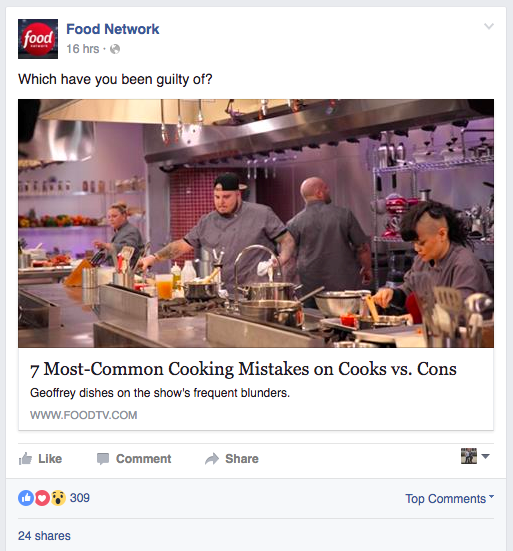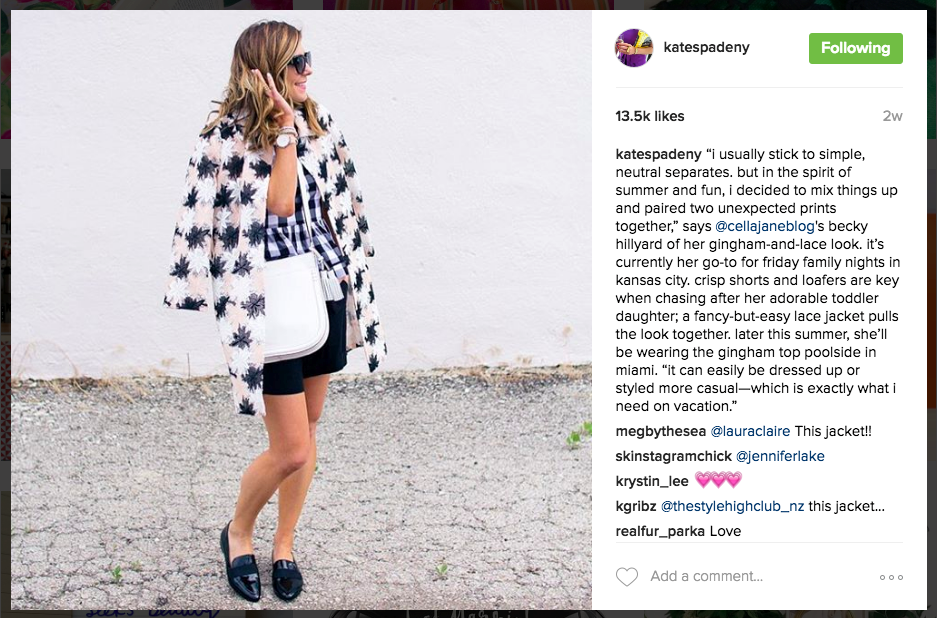
ICYMI (In case you missed it) – Takeaways from Social Media Day 2016
By Amanda Kalbrosky, Paige Miller and Caity Smith

On June 30th, the 7th annual Social Media Day—a global day of recognition for the growing collection of social platforms—was held at our favorite middle school field trip destination: The Franklin Institute in Philadelphia. Speakers from more than 30 organizations shared their insights on everything from the early days of social media to capitalizing on user-generated content to what they predict for the future of social media.
Experts in the Field
Below are some of our favorite talks from Social Media Day in Philadelphia.
One of the most memorable speakers from the event was Matt Dickman, head of digital at Comcast in Philadelphia. Matt gave us a sneak peek into what Comcast has planned for the Rio Olympics and how the company is trying to personally connect with its audience on social. They created @ComcastCares, a Twitter handle dedicated to providing account support to customers via social media. Their goal is to humanize their customer service experience by showcasing members of the team through short videos and by responding to service issues through replies and DMs. Part of the reason we think it’s brilliant is that it’s much harder to be rude or disrespectful to your average customer service rep when you are reminded that he or she is person with a name, personality and feelings. In Matt’s words, “Hug your haters; they’re human.” We also loved how he spoke about Philly—he’s only been here for a year, yet he called the city “passionate, protective of its own.” Let’s hear it for #BrotherlyLove.
Another panel we enjoyed discussed driving emotional traffic and featured speakers from four different cause-driven organizations, including Ferguson Response, Office of Nashville’s Mayor Megan Barry, Bancroft and the Host Committee of the Democratic National Convention. Though from four completely different groups, these women speakers have a lot common. Each is tasked with taking complex information and making it easily digestible (and useful) for consumers.
Leslie MacFayden of Ferguson Response uses social media to help supporters communicate with one another and organize supplies on the ground if they would like to plan a protest. Annie Heckenberger uses social to disseminate news and garner excitement for Philadelphia and the Democratic National Convention. Christina Weidel uses social to break down the barriers between government happenings and its constituents to keep the public informed and give them an outlet to share their opinions.
What do they all have in common? They capitalize on the “social” aspect of social media: starting conversations, replying to followers and engaging every chance they can. It’s a prime opportunity to build a relationship between your brand and its consumers. Think about each post in terms of the audience: Why would someone care about this information? If your content has purpose and value, you’ll be well on your way to making the most of social.
Key Takeaways
Aside from the killer thigh workout (I’m looking at you, pendulum staircase), we brought home a short list of tips and best practices to share. Here are our favorites.
- Social media as a marketing tactic isn’t going anywhere—that’s for sure. As PR pros, we need to advocate for social media and the countless ways it can benefit our agencies and clients. Different platforms work best for different goals, so we have to do our research and create specific solutions for those goals.
- Not every client will use every platform out there, so a key to using social media is determining the client’s campaign objectives ahead of time and then strategically planning out which platform to move forward with.
- There is a need for companies to humanize their social media accounts to embody the essence of their brand, but not every company has to be humorous to be relatable or engaging. If humor does not align with the personality of your brand, stick to a tone of voice that feels authentic—and remember, content is key.
- Social doesn’t work when it’s deliberate, contrived or produced. Don’t tweet or post just because you feel like you have to. Every post should be a piece of conversation, an opportunity to engage. This goes for even negative mentions or tweets directed at your brand—while some in your audience may be unwilling to listen, it’s important to reach out directly to let them know that their voice has been heard and that you are willing to offer solutions to their issue.
- It is not enough for your business to simply have social. You should think about every post in terms of how it will be consumed. Who is your audience? Why would they care about this information?
Killing the Game
While we heard from a number of brands that day, we want to give a shoutout to a few other brands we think are killing it in social media.
Who: Dove
What: Campaigns that align with its mission
Why: Dove’s mantra is that “Beauty is not defined by shape, size or color—it’s feeling like the best version of yourself. Authentic. Unique. Real.” Leading up to Mother’s Day, Dove launched a social campaign that encouraged people to honor a woman in their life who has helped shaped them or has inspired them, by using the hashtag #beautystory. Hundreds of stories were shared, but there was a common theme: confidence. Confidence is the backbone of the Dove brand. Its mission is to help women develop a positive relationship with the way they look, helping them raise their self-esteem and realize their full potential. This campaign aligned perfectly with their mission and values.
Who: Food Network
What: Social content
Why: Everyone knows content is key. Food Network knows that their audience loves food and trusts them to show relevant content that is interesting and engaging. Food Network mixes up their social posts with different recipes and articles, while still promoting their TV shows. It allows them to be a thought leader in the food industry while also building awareness for their brand without being too intrusive.
Who: Kate Spade
What: Using Instagram to show the life in the brand
Why: Kate Spade believes that their employees are brand advocates. Showing that their employees love and wear their products humanizes the brand and makes it relatable. Their employees love the brand and where they work. It’s a huge part of their lives and shows that there are real people working to give you products that you will love too.
You Don’t Need to Be a Pro to Be a Pro
The key to being successful on social media is to pay attention. What kind of posts are getting good engagement? How many hashtags are appropriate? How often does it make sense to post? It’s one big experiment—and it’s your job to find the right balance. Keep your messages relevant and purposeful, and you’ll be a pro in no time.
Sign up to receive our industry trends newsletter:


